Juzear Butterfly 61T Review: The FotM Cycle
The Juzear Butterfly 61T is a $220 IEM from a little known Chinese IEM brand. But it's been building hype since it's release a month ago. In other words, it's halfway to becoming the latest flavour-of-the-month. Fc-Construct gives us a look into its sound and discusses the idea of FotM products.
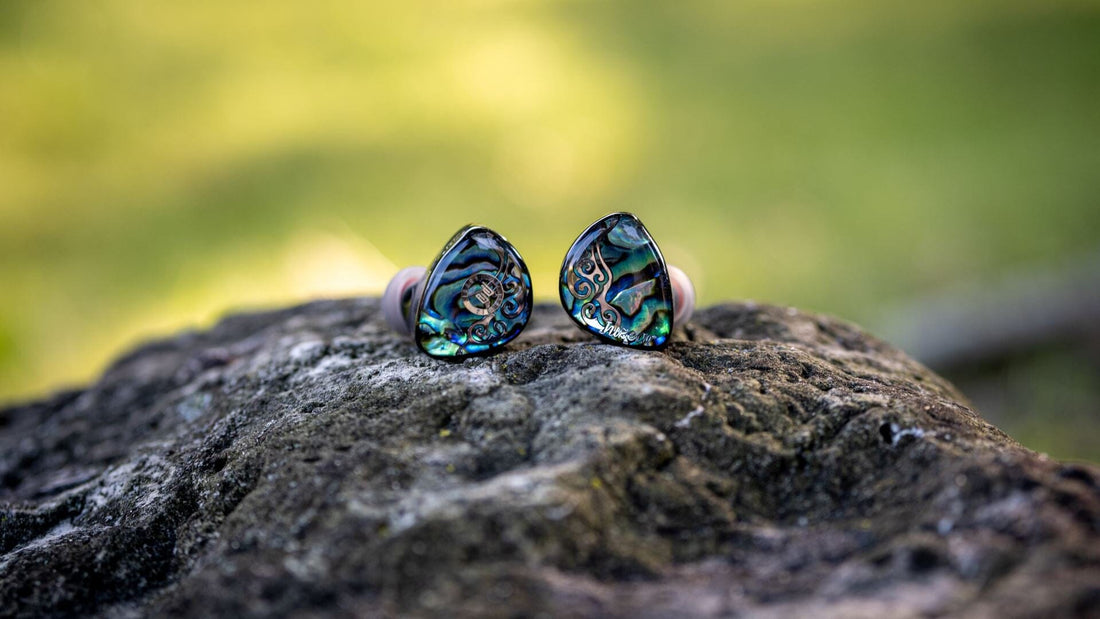
Introduction
If you’ve spent any time looking into IEMs, you’ll probably have learned that it’s a landscape dominated by Flavour-of-the-Month (FotM) products coming from China. Good to great sounding gear gets hyped up as being the next best thing before being quickly forgotten in a month or two. IEMs are almost certainly the most marketing-sensitive segment of the head-fi hobby. And I have to admit that as a reviewer that primarily focuses on IEMs, I’m not innocent in this regard.
The simple truth is that IEMs have gotten really, really good. Sure we might bemoan how some IEMs don't graph perfectly to the “new meta” (see Resolve’s video on this topic here), but the reality is that a lot of Chinese companies know how to make good IEMs now. And every now and then, we get a particularly good one that refreshes the FotM cycle.
Such an IEM is what I’ll be talking about today. The Juzear Butterfly 61T (6 BA + 1 DD) is a $220 product that HiFiGo asked me to review for its launch. I initially wasn't super interested as I had a number of other reviews on my plate and frankly, Juzear sounds like yet another Chinese IEM brand that would be pretty OK but immediately forgettable. But I’m glad I accepted as I did not expect to like it quite this much.
Source(s) used: Ferrum ERCO Balanced DAC and Headphone Amplifier and Apple USB-C dongle
What we like
- Bassy, warm, and easy-to-listen tuning
- Nice cable
- Good staging presentation
What we don’t like
- Large nozzles
- Very seal dependent

Build and Fit
The build of the Juzear 61T is quite standard. A black resin shell with some ergonomic curves. Its faceplate is what makes it stand out as has an abalone shell design that gives it a beautiful iridescent shimmer. The nozzle size is a large 6.3 mm in diameter. We've seen a lot of IEMs with big nozzles nowadays, to the point where it seems like 6 mm is the standard these days. Yet the Juzear 61T's nozzle feels substantially larger than most. Despite the large nozzle, I didn't have too much issue with the fit.
The cable that comes with the Juzear 61T is a really nice 2-pin 4-core silver braided cable. Definitely one of the better stock cables I've seen, with a good weight and thickness to it. Mine is a 4.4 mm cable, but you can get it in the usual 3.5 mm.
For accessories, you get the standard set of case and tips. The zipper case is a good size. There's plenty of tips here which is nice to see. Two different sets of S/M/L silicone tips and one set of foams. Of note is that one of those sets of silicone tips is actually a SpinFit clone. This is their stock set that comes attached directly in the box. However, here is where the large nozzle became a problem. The nozzle is so large that just trying to attach these SpinFit clones to them actually caused the stem to rip. So yea, use some hard stem tips or they might break on these nozzles.
So obviously, the nozzle size is a problem. But another thing that I should mention is that there seems to be small spots of rust on the nozzle as well. Not something I want to see on a brand new product. It doesn't affect anything sonically but shows that Juzear needs to put a little more care into their products.
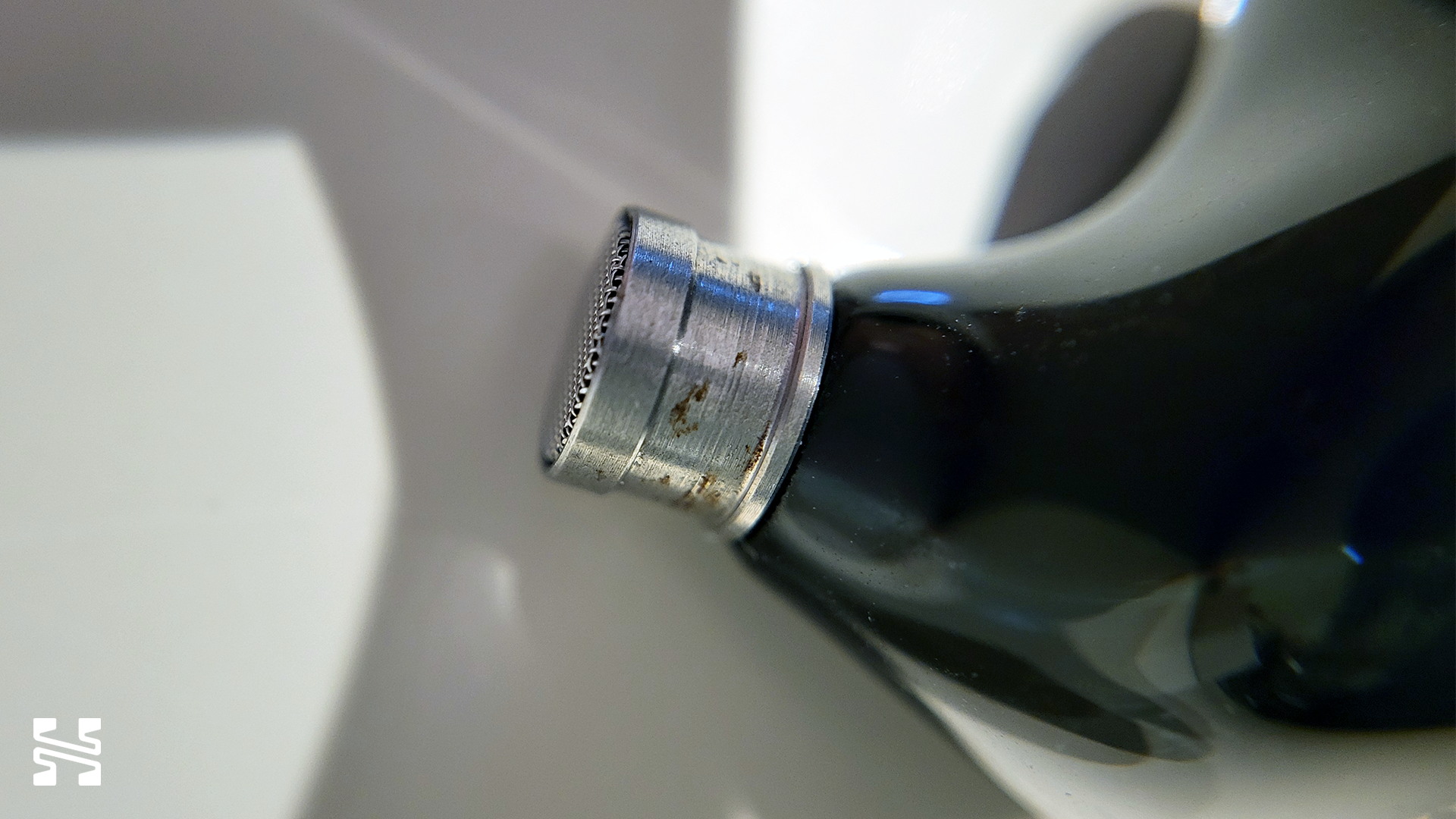
Sound and Frequency Response
It's a good thing then that the Juzear 61T is thoroughly enjoyable. It has a well-balanced warm tonal profile with a sizable bass presence. I find it to be a smooth listen.
Here is the frequency response of the Juzear 61T taken using my IEC-711 clone coupler. As usual, treble measurements particularly past the ~ 8 kHz peak are not accurate. The wide grey bands are preference bounds from research that show the limits of how much deviation/tonal colour a headphone or IEM could have from DF HRTF that people still found acceptable without it starting to be perceived as imbalanced. Here’s a great video primer if you want to know more about what that means.
Look at the graph here, you’ll see that the Juzear 61T is very reminiscent of older IEMs. The main difference is that it has a significant bass rise instead of a distinct shelf. The midrange is relaxed with little ear gain at around the 3 kHz mark. The treble is similarly well controlled, with seemingly only one errant peak (as usual, don’t take treble measurements that seriously).
Here’s the raw graph giving us a different perspective on the Juzear 61T’s measurements. Very well controlled with nothing out of the ordinary, except for maybe that hump around the 1 - 2 kHz mark.
Bass
The bass of the Juzear 61T is bodied and balanced between the subbass rumble and midbass punch. It doesn't have a distinct bass shelf as it slopes right into the lower mids. I am surprised by how much bass it has on the graph however. The Juzear 61T isn’t really a bass-focused IEM. There's a lot of presence, but I never find it dominating. The bass quality here is alright. It lacks some texture and definition due to blurred transients right around the lower mids transition. It also lacks a bit of that sense of "finality", like when the beater head of the kick drum gets buried. Overall, I'd say it's appropriate for a good IEM at the $200 - 300 price range.
Now, one thing that must be mentioned is that the bass of the Juzear 61T really depends on the seal you get. And I don't mean it in the traditional sense where if you have a loose seal you get a bad roll-off. It’s the opposite. If you get a deep fit with smaller tips, because of how large the nozzle is, it can be an extremely good seal. However, this actually kills bass. This goes for a lot of tips as well - if you get a vacuum-like seal, you lose bass. In the end, I find using some generic silicone tips and a semi-loose fit that gets me a seal, but not a super tight one, gives me the best bass response.
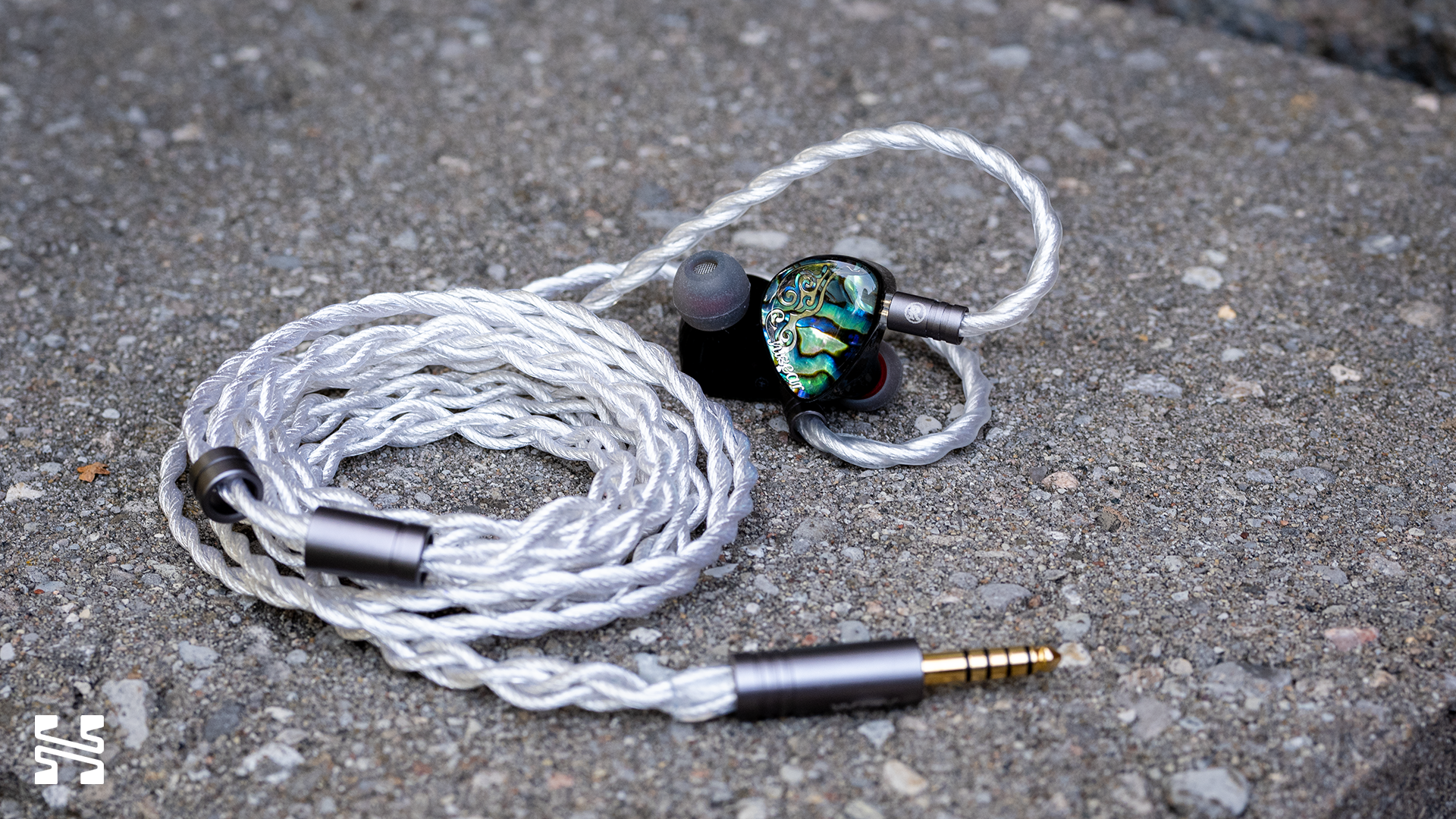
Mids
The midrange of the Juzear 61T is very pleasant. While I would've theoretically prefered that the ear gain peak centres closer to 3 kHz, it's not really a complaint. The mids of the Juzear 61T has a rich, saturated sort of sound. This is the contribution of the bass sloping into the mids at 300 Hz as well as that minor hump around the 1.5 kHz mark. Vocals are forward sounding without being shouty, slightly lush thanks to a milder pinna gain of only about 6 dB. Nothing feels forced in any way.
Treble
The treble of the Juzear 61T has a tactful downwards slope. It retains enough energy each in the lower treble, mid treble, and upper treble to ensure that treble notes and upper harmonics don't just disappear. There's a splash of treble brilliance and allows the timbre of the hats and cymbals to sound natural. There's no sibilance or harshness to my ear. The important part is that the Juzear 61T’s treble doesn’t sound dead. Perhaps it’s the effect of that upper treble peak on the graph, but there’s just enough sharpness to give definition and contrast to make music shine.
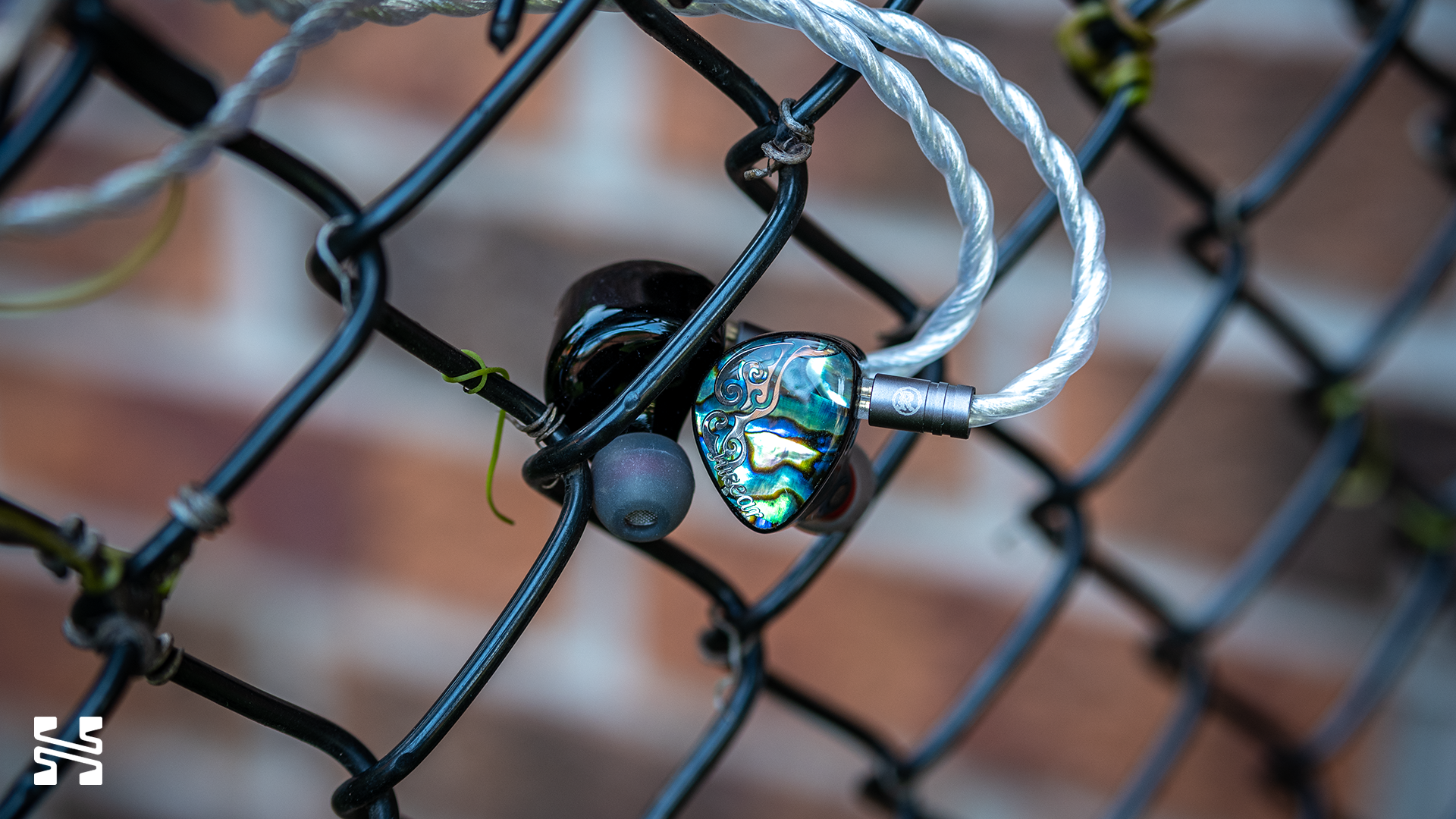
Presentation
In terms of technical performance, the Juzear 61T is a respectable performer. The soundstage is solid. There's a wide stage width and importantly, some stage depth as well. Not too much height but that's expected. Imaging makes good use of this soundstage. I wouldn't call it pinpoint per se, but it is nuanced and creates that sense of layering. For resolution and dynamics and that sort of thing, the Juzear 61T doesn't stand out in any way, but neither does it fall behind. I don't get the sense that it's particularly lacking in those qualities, which is generally what I look for in an IEM around this price range.
What the Juzear 61T does well is in creating a very easy-to-listen presentation while still being reasonably engaging. Though it isn't tuned for a sense of clarity, it is coherent sounding and nuanced. I wouldn't call it effortless, however. It is a bit too "saturated" sounding and slightly stuffy from the structure of its midrange. Above all, the Juzear 61T is a smooth and easy-to-listen to IEM. While it doesn’t stand out strongly in any one area, it puts on a very inviting performance all around that once I had it in my ears, I left it in there.
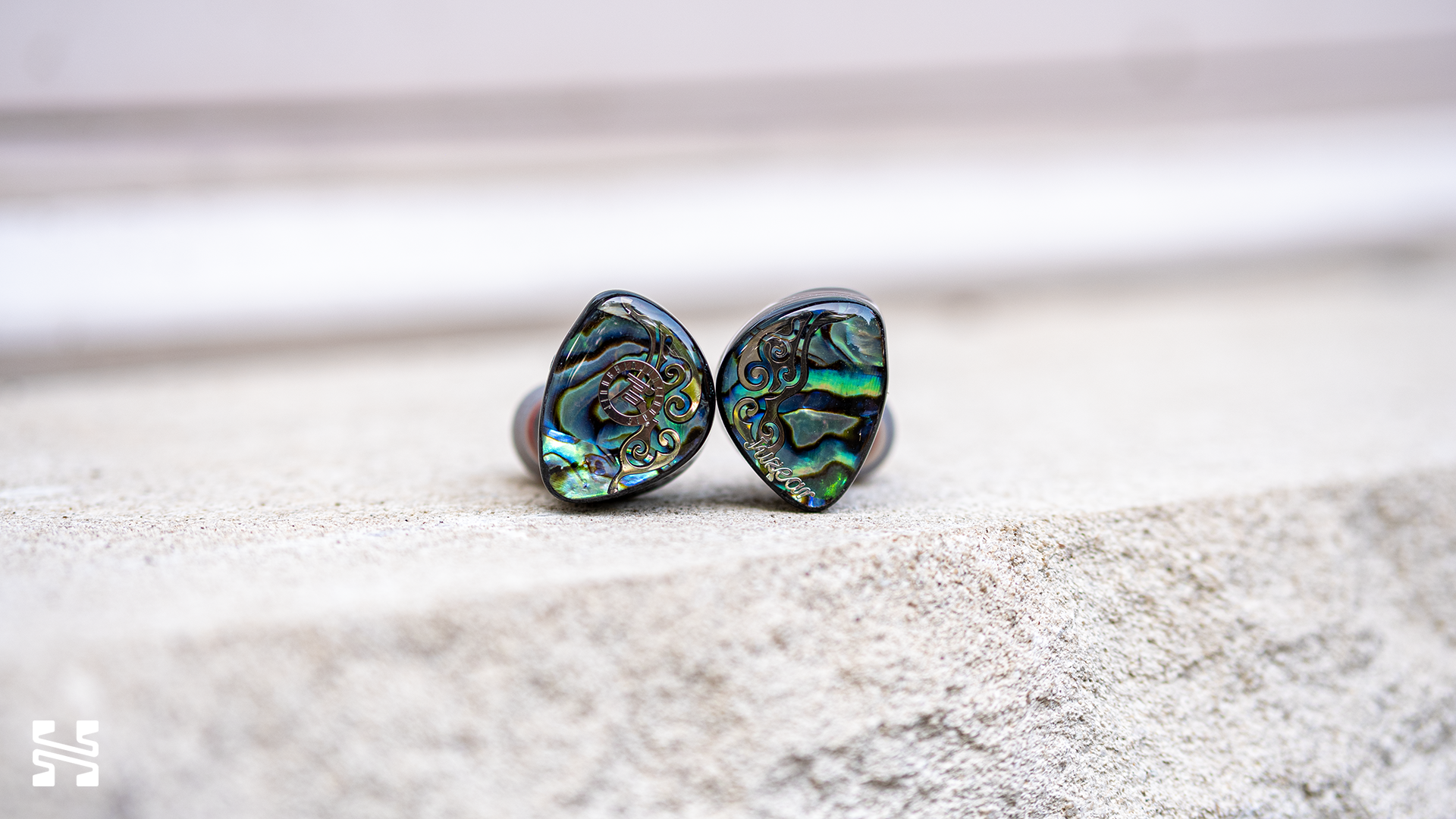
Comparisons
Despite the ~$200 price range being extremely competitive, few have a tonal archetype similar to the Juzear 61T. Most of the popular IEMs, such as the planars, tend to have more of a V-shaped tuning. Alternatively, they go for “neutral” + a distinct bass shelf, such as the Truthear ZERO: Red. The Juzear 61T’s bassy, warm, and relaxed style of tuning has been somewhat forgotten in the FotM cycle.
The most prominent IEM I can recall off the top of my head with a similar-ish tuning is the $250 Kiwi Ears Orchestra Lite. The Orchestra Lite had some good longevity within the community as a FotM product, and I reviewed it favourably at the time.
Looking at the frequency response graph, we can see that the Juzear 61T is more V-shaped than the Orchestra Lite. However, this is relative - the Orchestra Lite is noticeably rolled-off on both ends to my ear. Interestingly, this actually makes the Orchestra Lite more forward sounding with a significant midrange emphasis compared to the Juzear 61T. And as such, despite being about as warm sounding, it’s less relaxed.
For the bass and treble, I much prefer the Juzear 61T. The lack of roll-off and dynamic driver of the Juzear 61T gives a much more convincing bass performance. The treble has a more coherent presentation and doesn’t sound subdued. In terms of technical performance, the Orchestra Lite has a tight imaging focus, but falls behind the Juzear 61T in every other aspect.
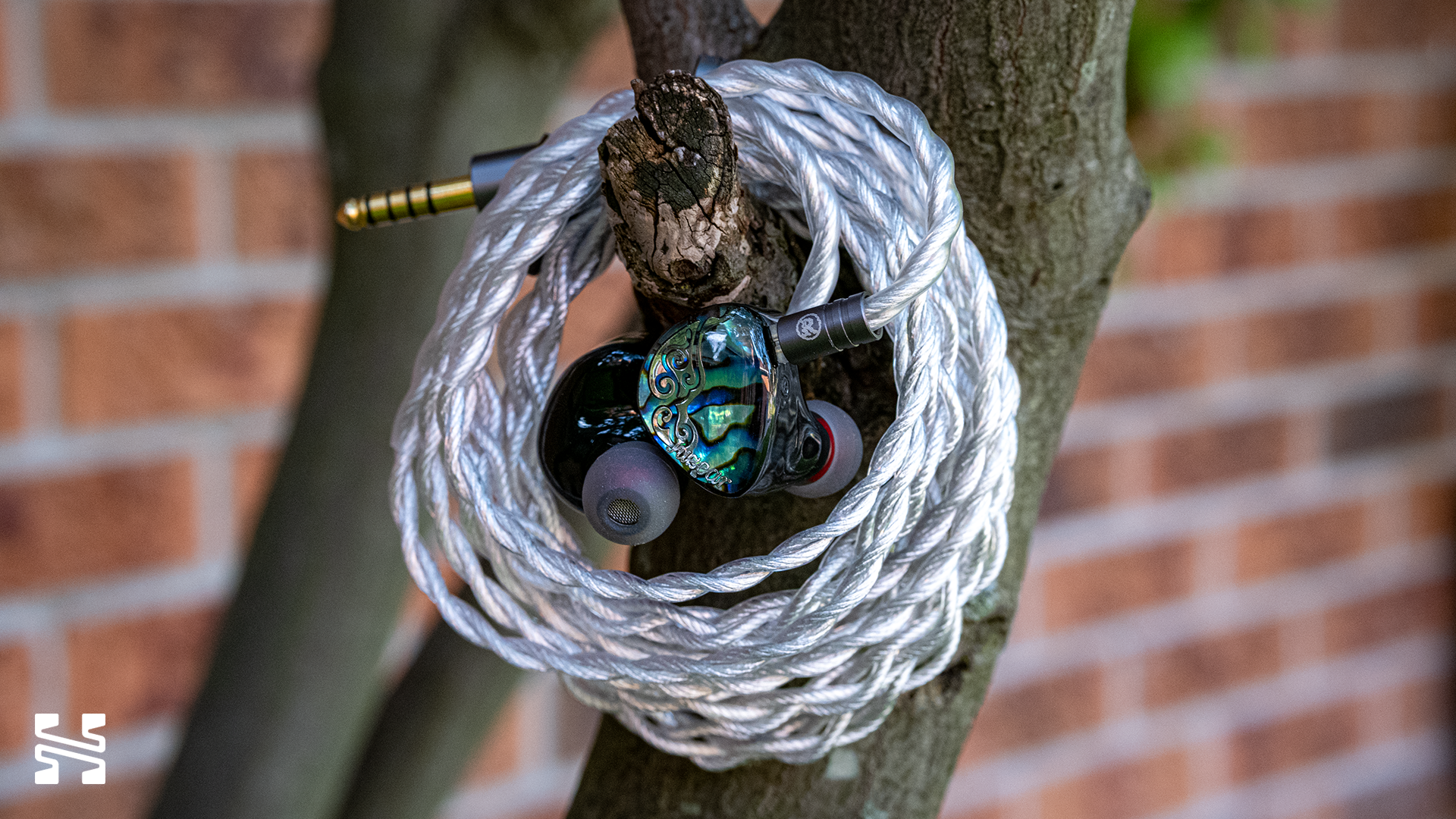
If we go back even further in time, there is the $200 SeeAudio Yume Midnight x Crinacle released in early 2022. I haven’t heard it myself so I won’t comment too much on its sound, but if you dig around for the frequency response graphs, you’ll see that the Juzear 61T and the Yume Midnight measure almost identically. Yet unlike the Orchestra Lite, the Yume Midnight never really took off in terms of popularity.
From what I saw with the sentiment at the time, it seems like the Yume Midnight’s underperformance was due to a lack of a good technical foundation. I can’t say if the Juzear 61T is any better, but I personally have no issues on that front. In any case, I think this goes to show the cyclical nature of IEMs. Old flavours can become new with small tweaks to the formula and when reviewers are given a chance to talk about (or more pessimistically, promote) them.
At any rate, the takeaway here is that for me, the Juzear 61T is currently my preferred ~ $200 IEM for something that’s bassy, warm, and easy-to-listen to. I can’t really think of another IEM in this category that I would take instead. Maybe more manufacturers should try tuning like this since it seems like there aren’t that many recent options.
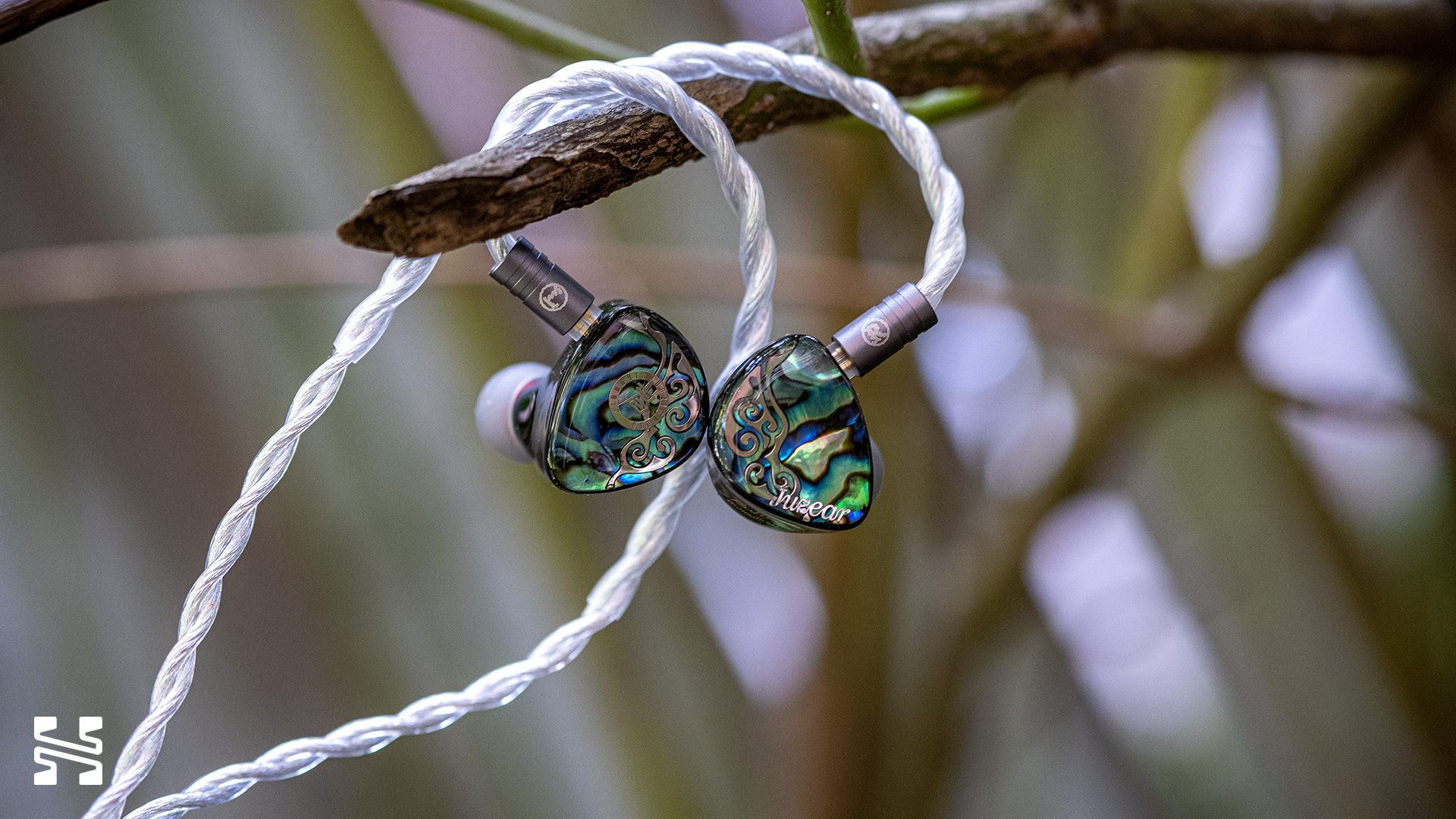
Should You Buy It?
Yes, with a light recommendation. The Juzear 61T has been slowly building some hype since its release, and for good reason. It's a really solid set of IEMs that's appropriately priced. I like it more than the Meze Alba I recently reviewed actually. But its two fatal flaws that prevent me from easily recommending them are the oversized nozzle and finicky seal, which is why I’ll stand by the Alba as a safer buy. But If you don’t think that’ll be an issue for you, I think it’s very hard to go wrong with the Juzear 61T. I predict that I’ll probably grab the Juzear 61T whenever I’m rushing out of the house and just want to relax to some music during the commute.
Going back to the introduction however, I’m quite sure that the Juzear 61T is destined to be a FotM IEM once the next hyped up IEM comes along. Look what happened with the Yume Midnight, despite having a big influencer’s name attached to it. Or the Orchestra Lite that was heavily recommended all around for a while. That’s the unfortunate reality of this market. New products get released all the time and it’s natural to move on to the next thing if this is a hobby you’re wanting to keep up with. Even if that means old trends become hot again. And I think that’s the key to break out of the FotM cycle. Good IEMs don’t become bad when the newest ones are released. You should continue to enjoy the stuff you already like. Who knows, maybe in a year another IEM will be released that’s almost identical.
